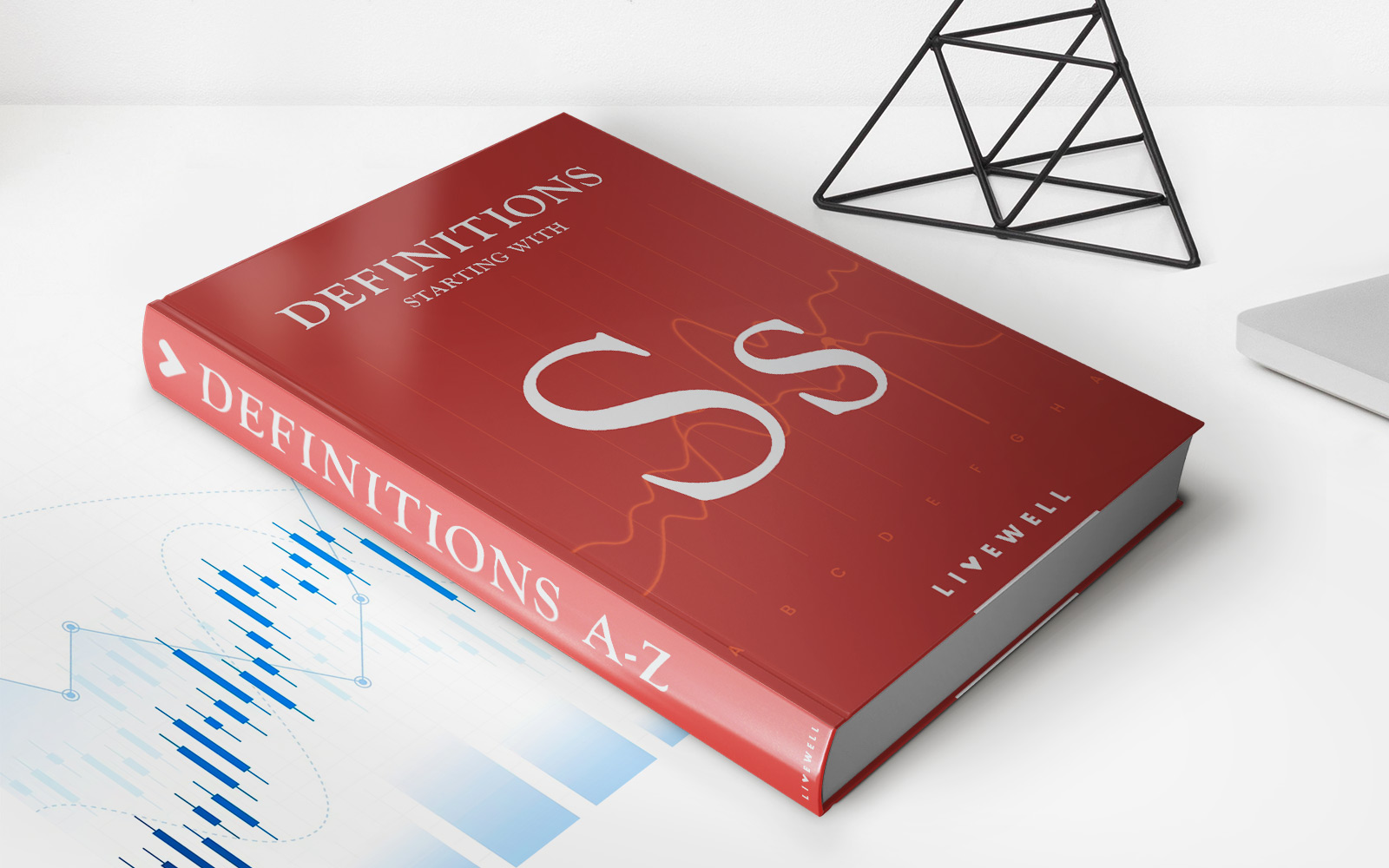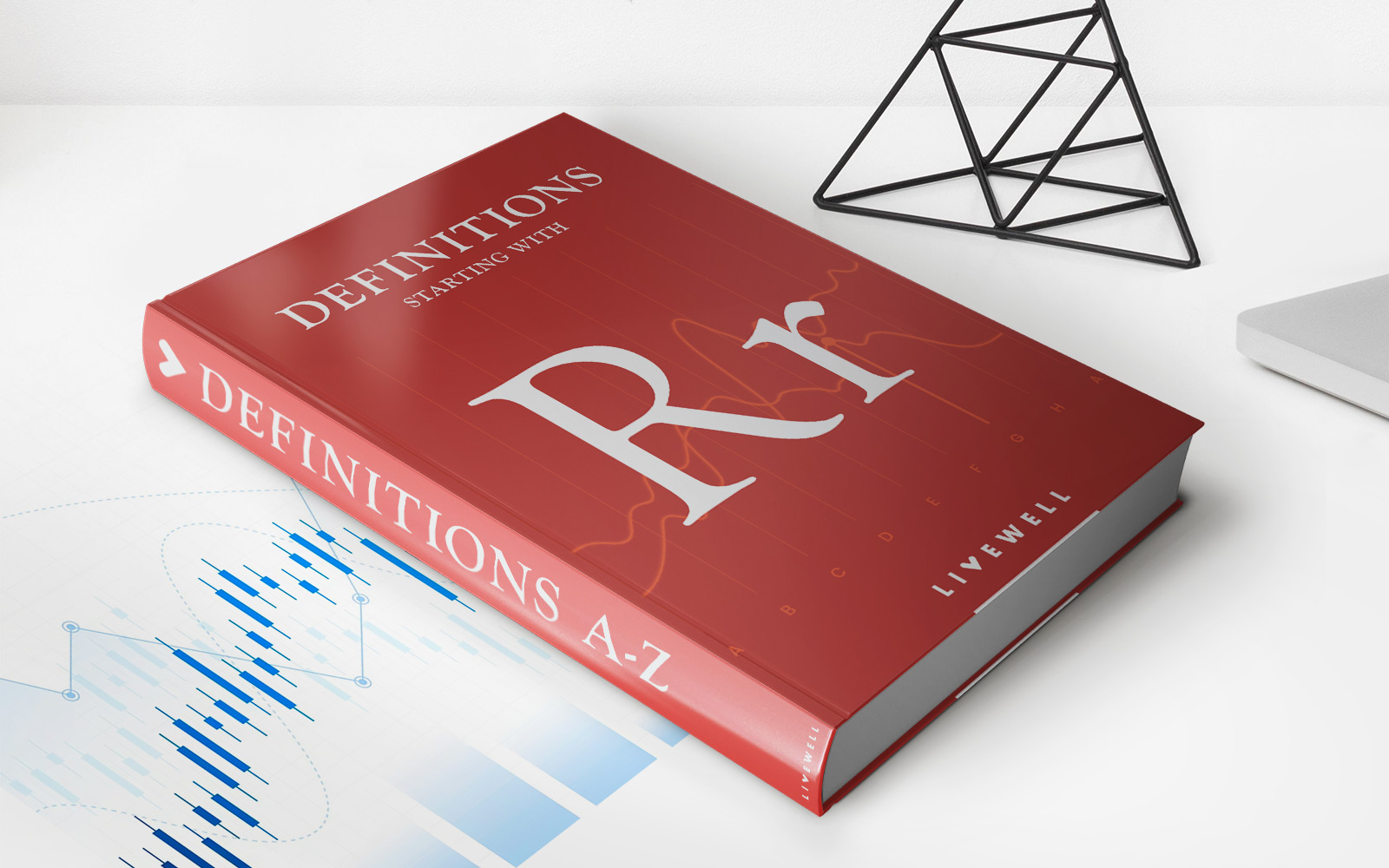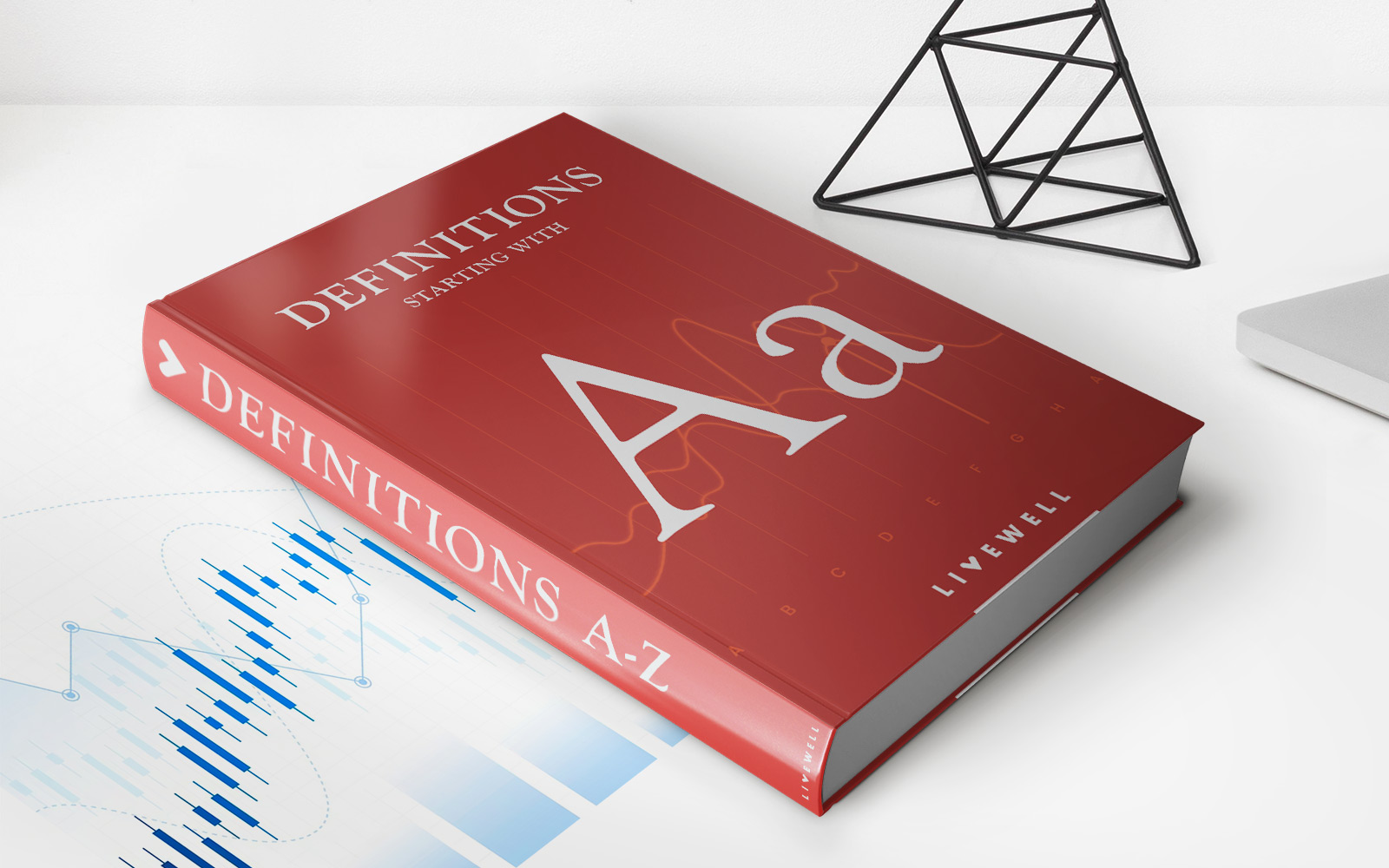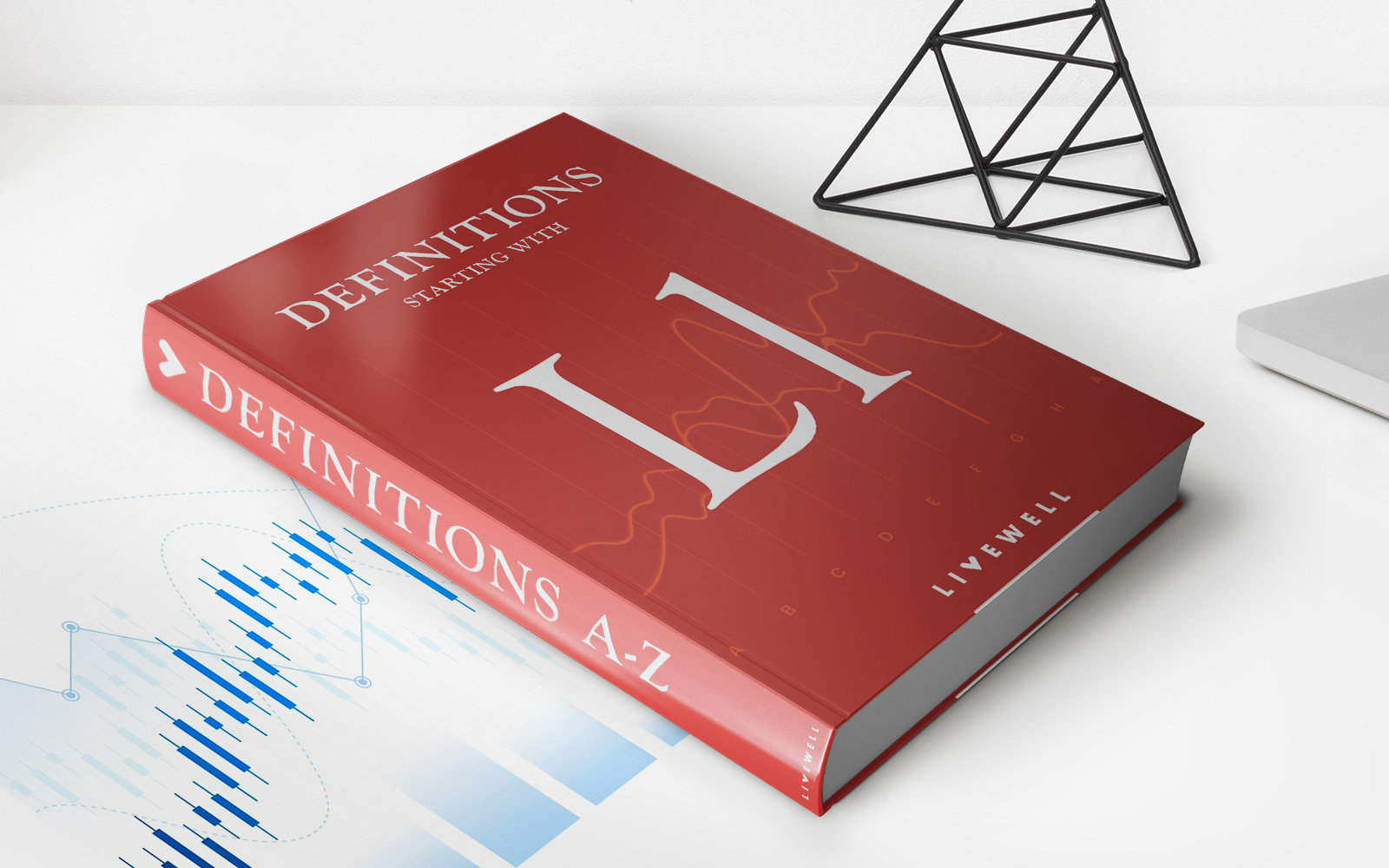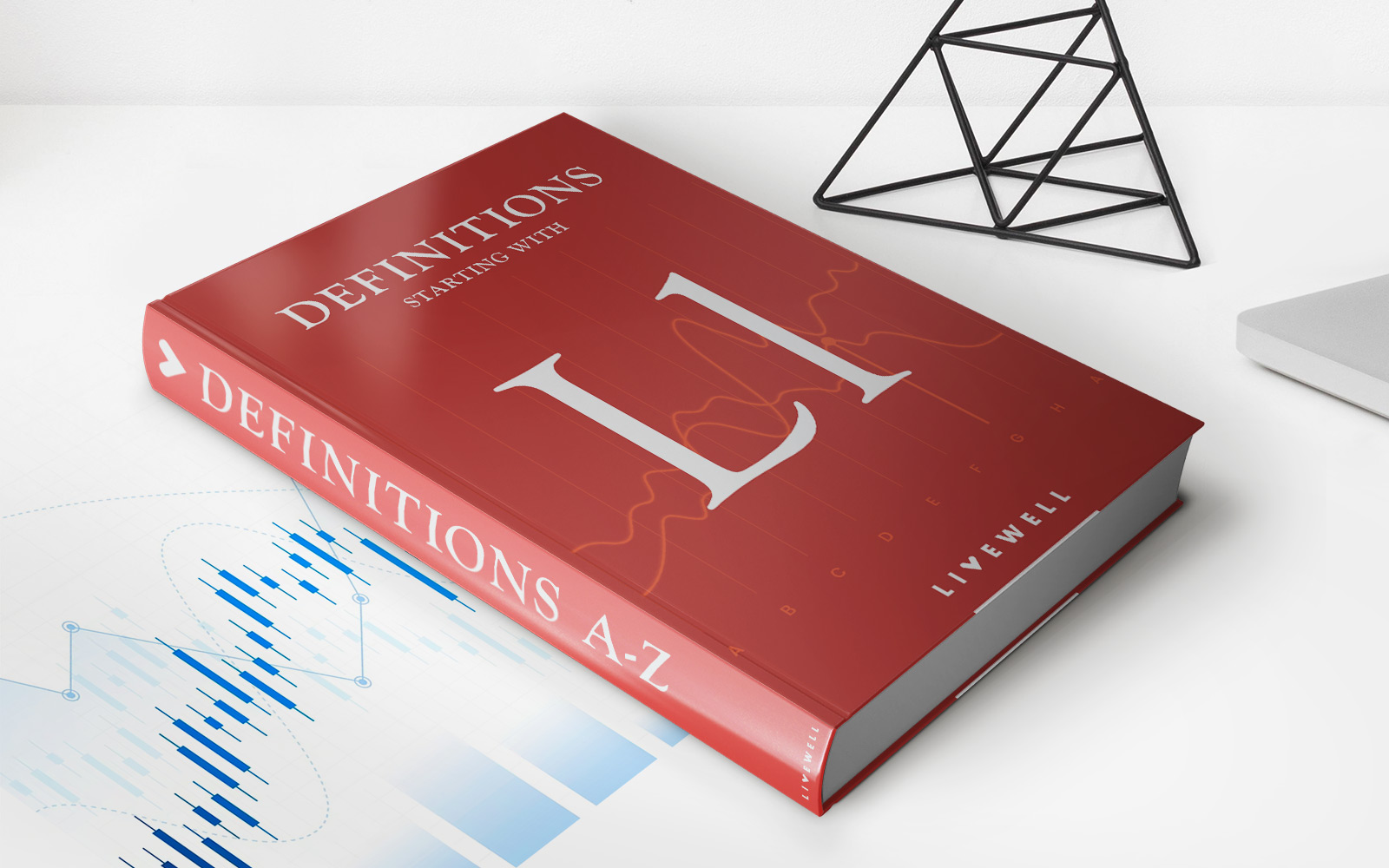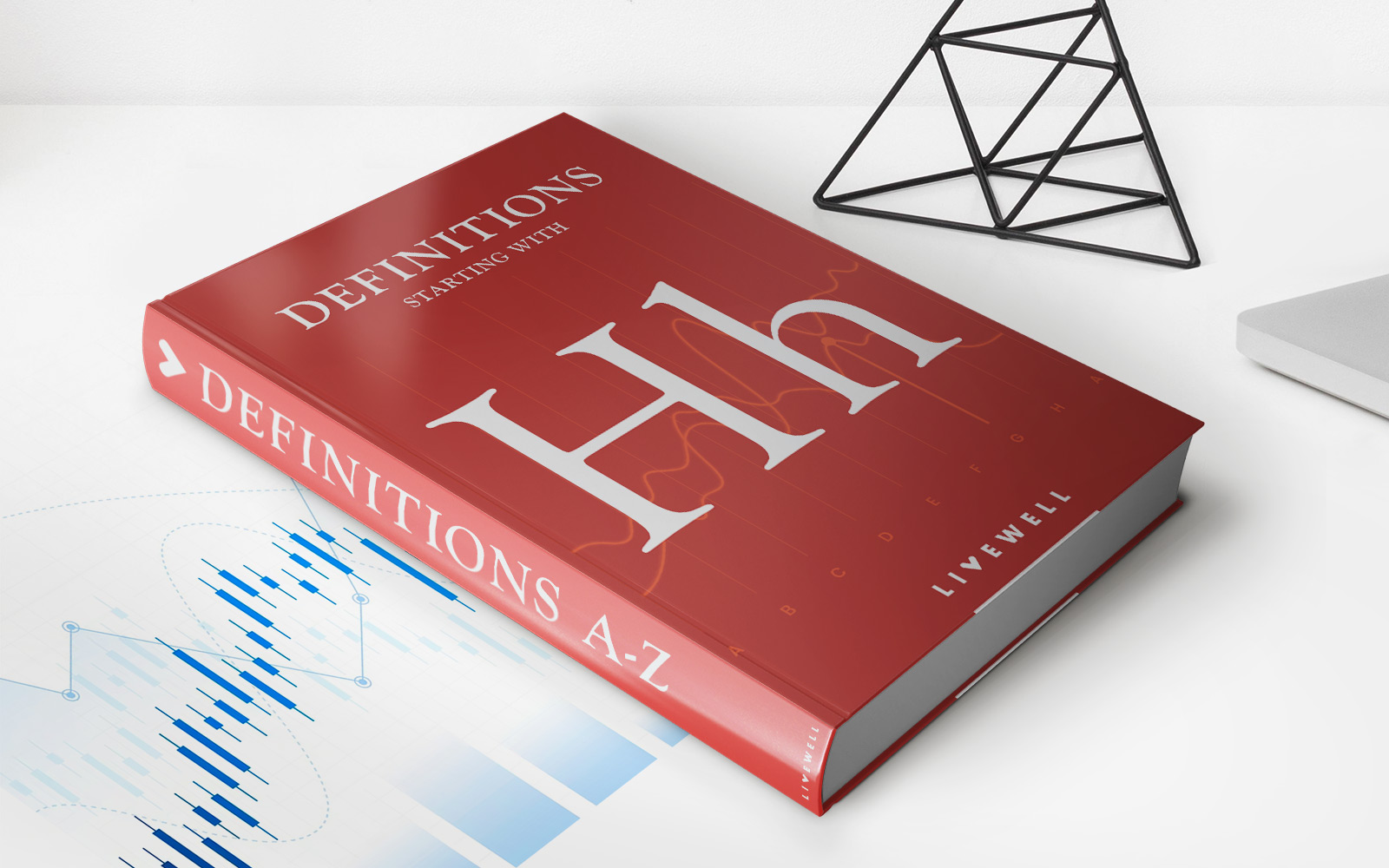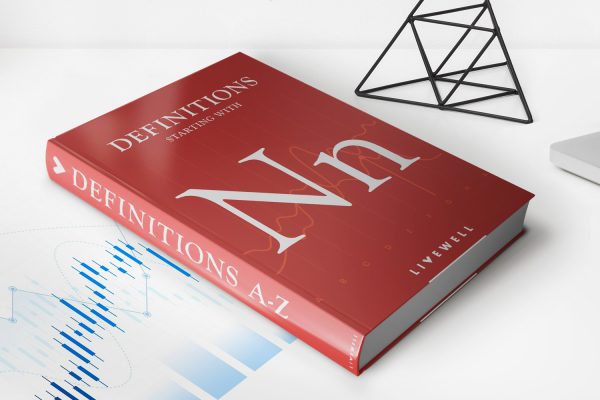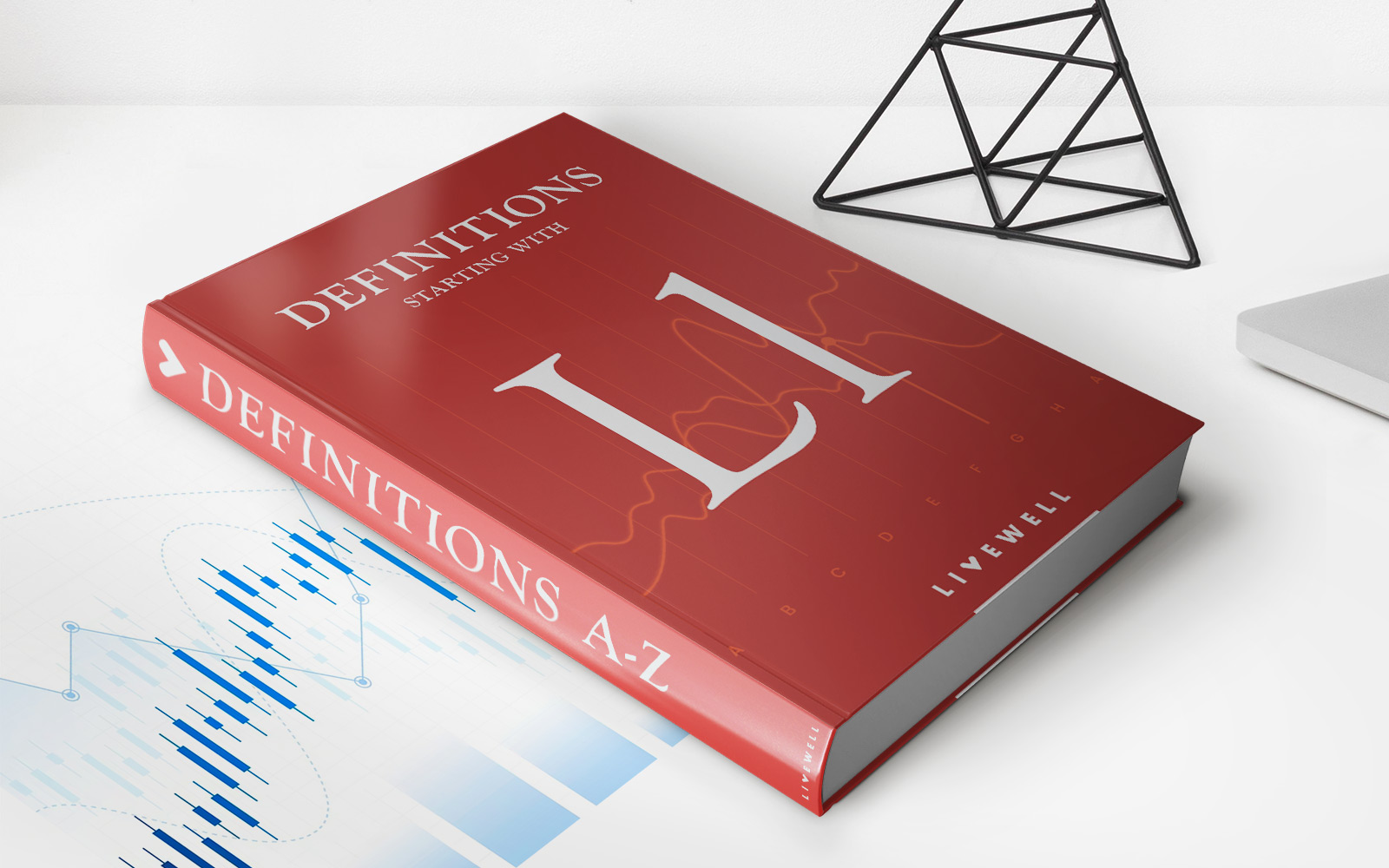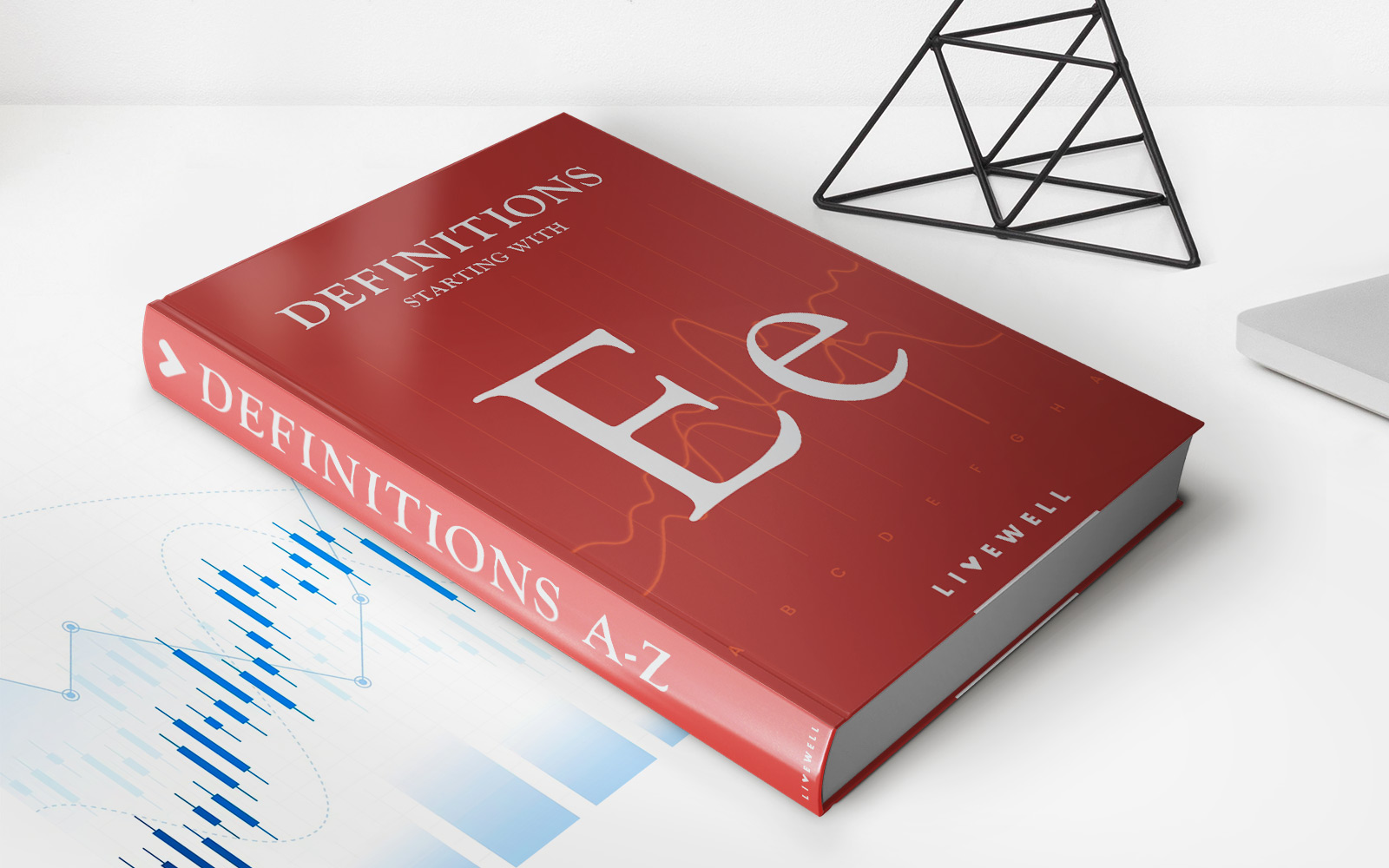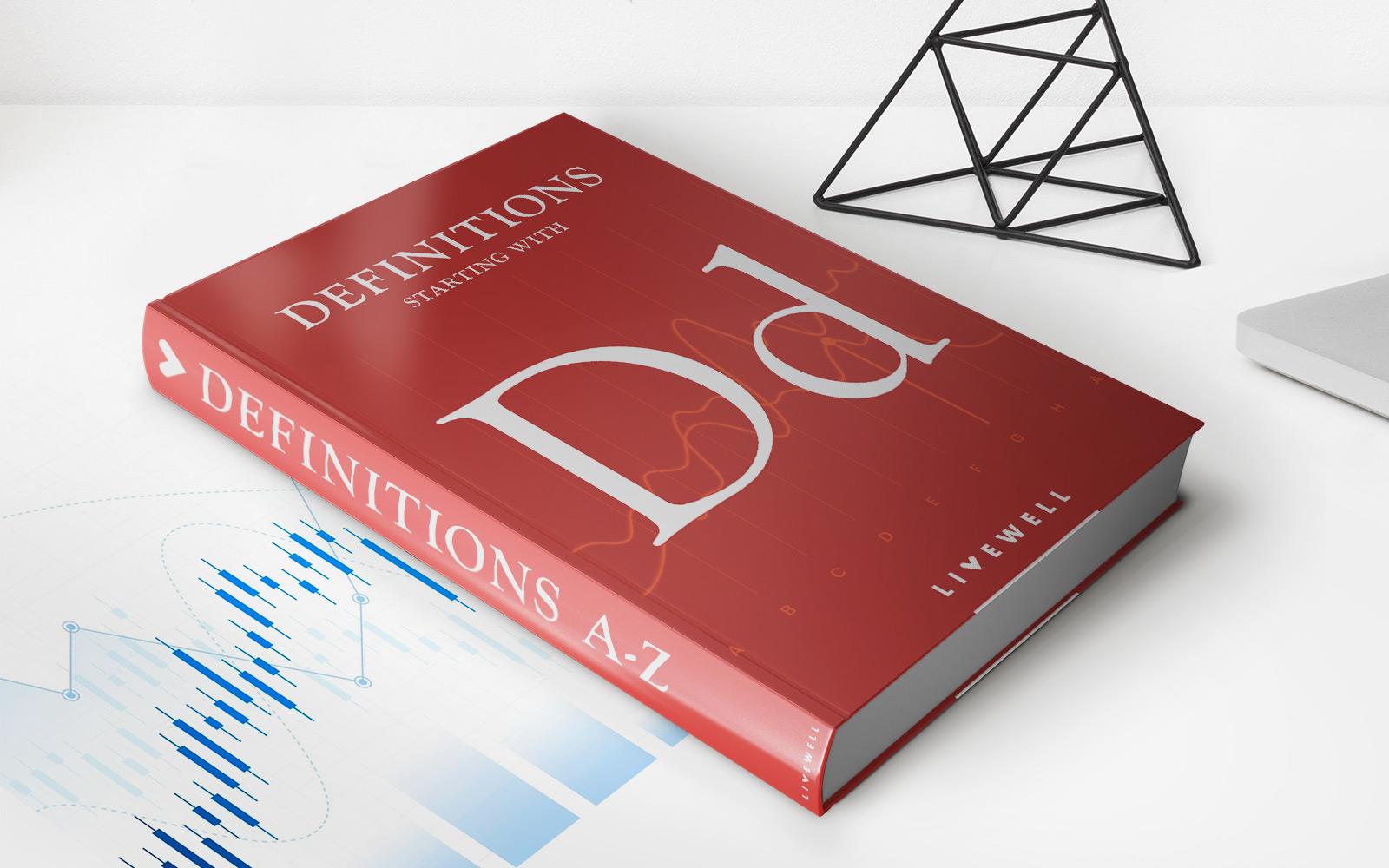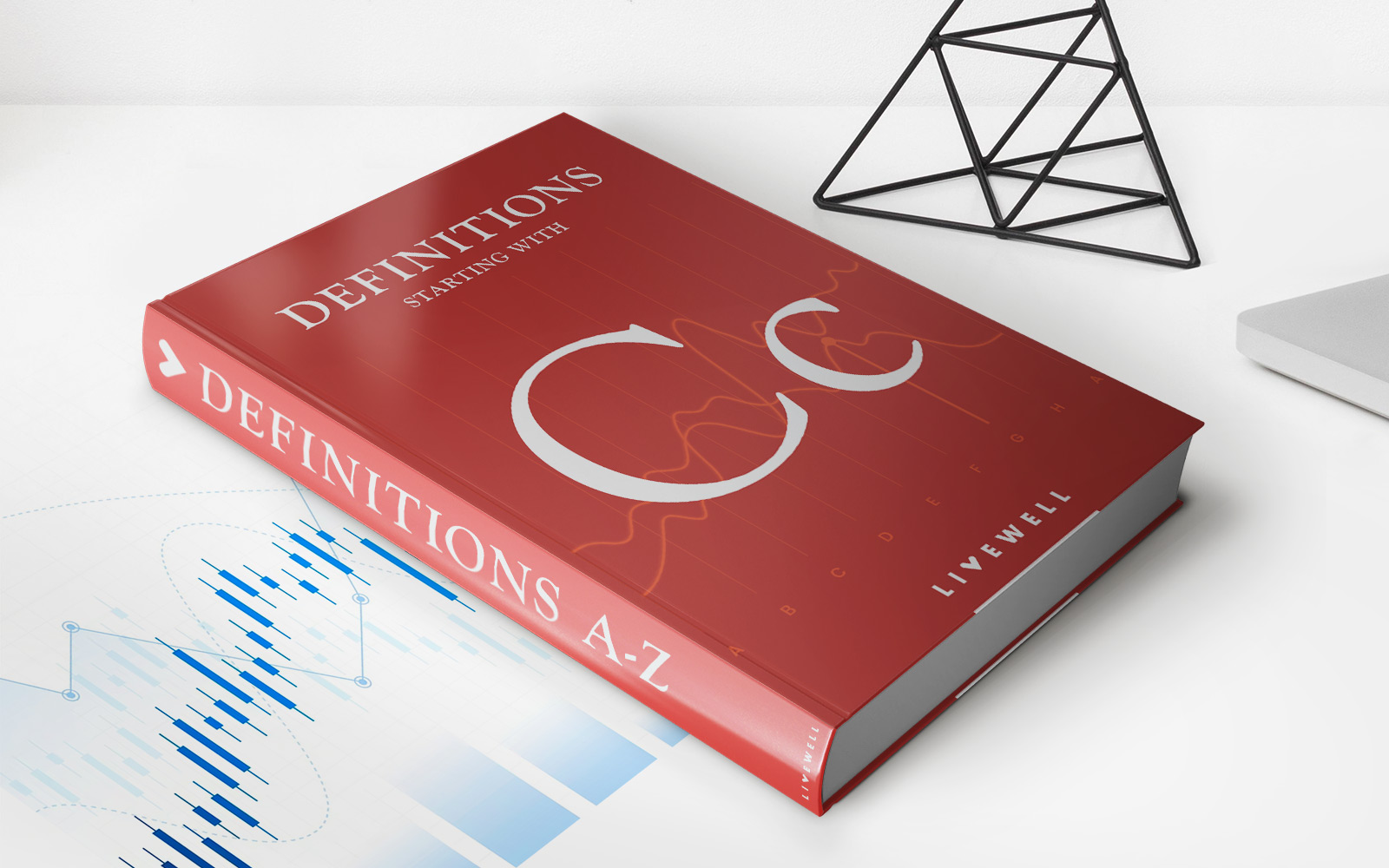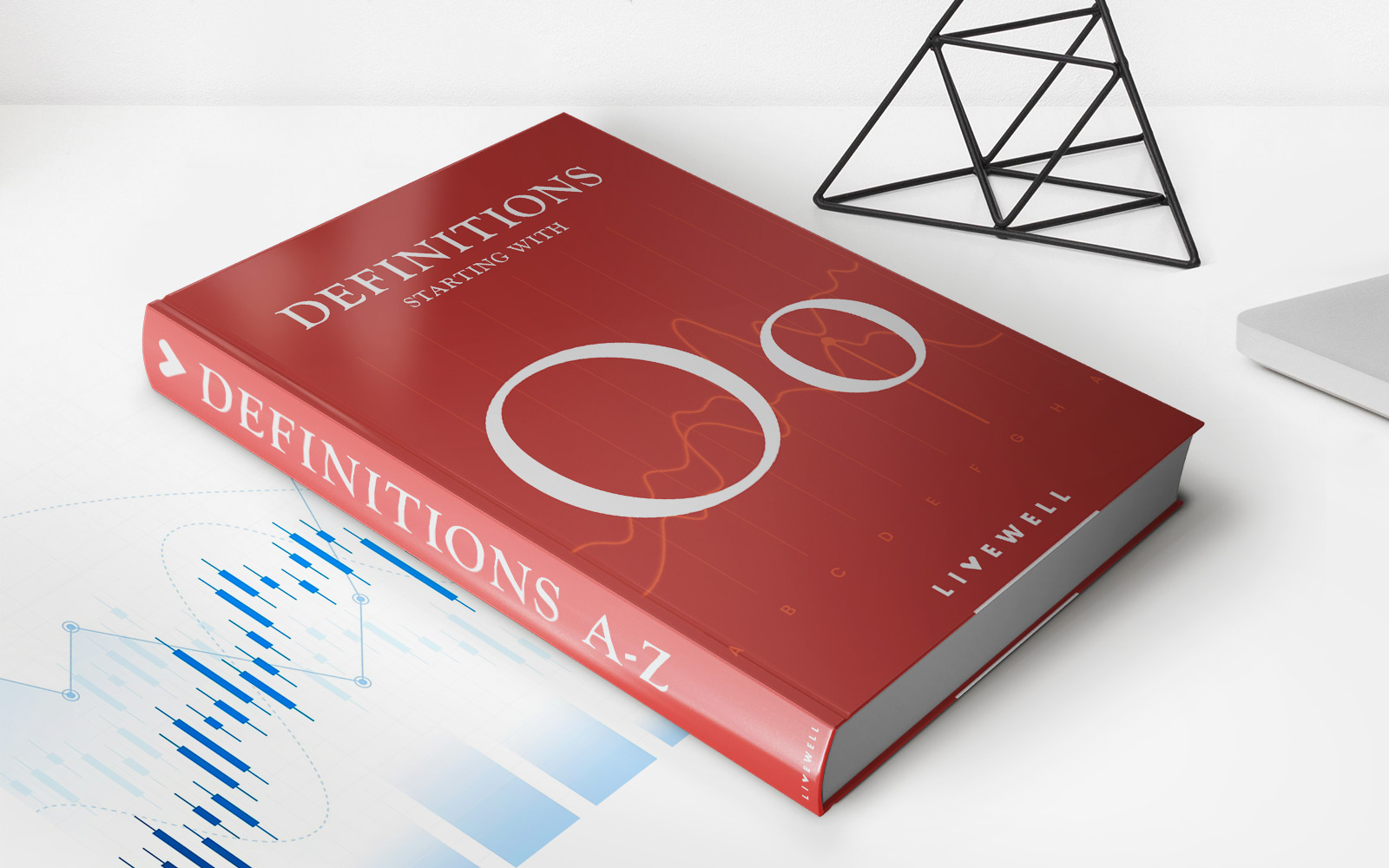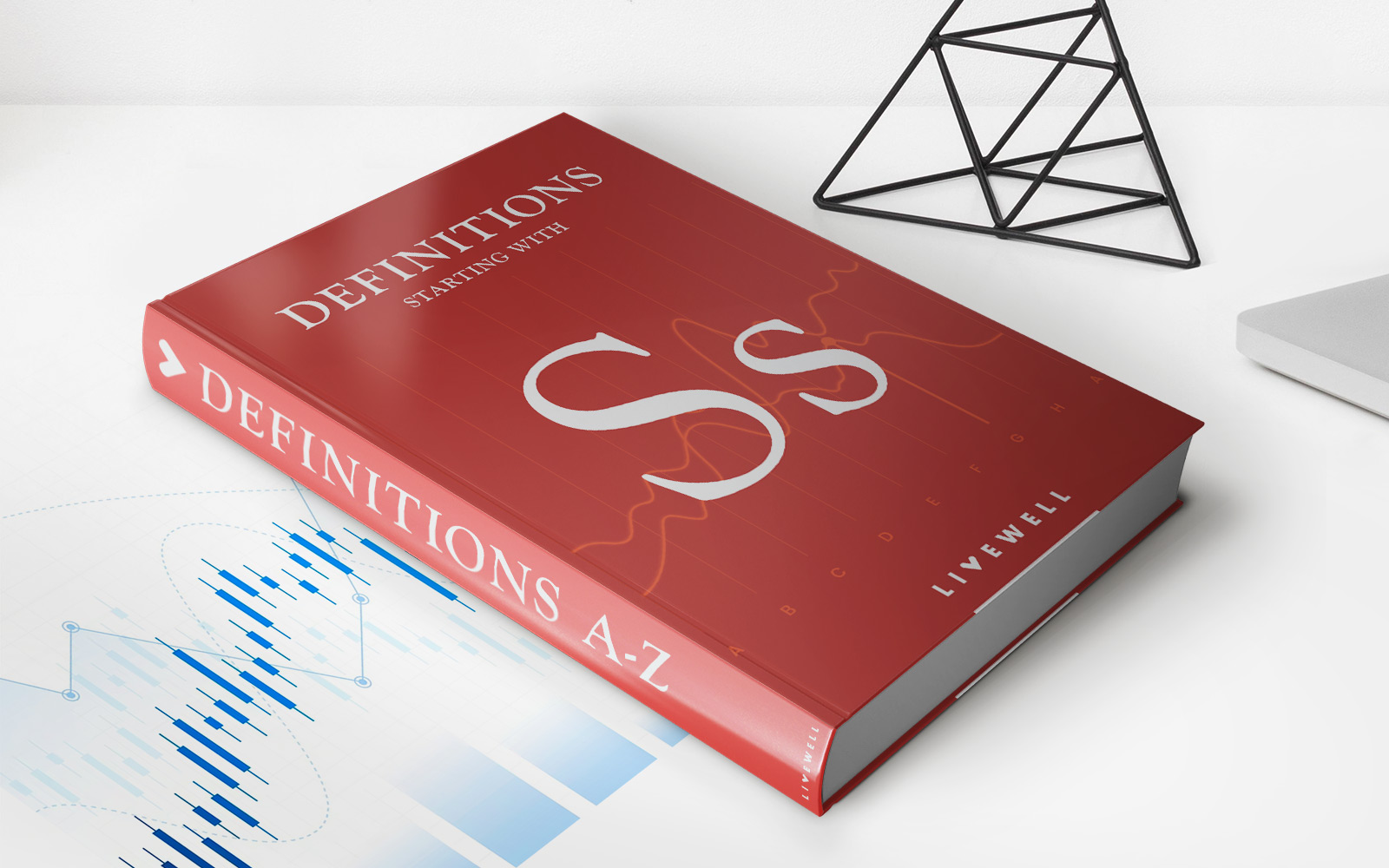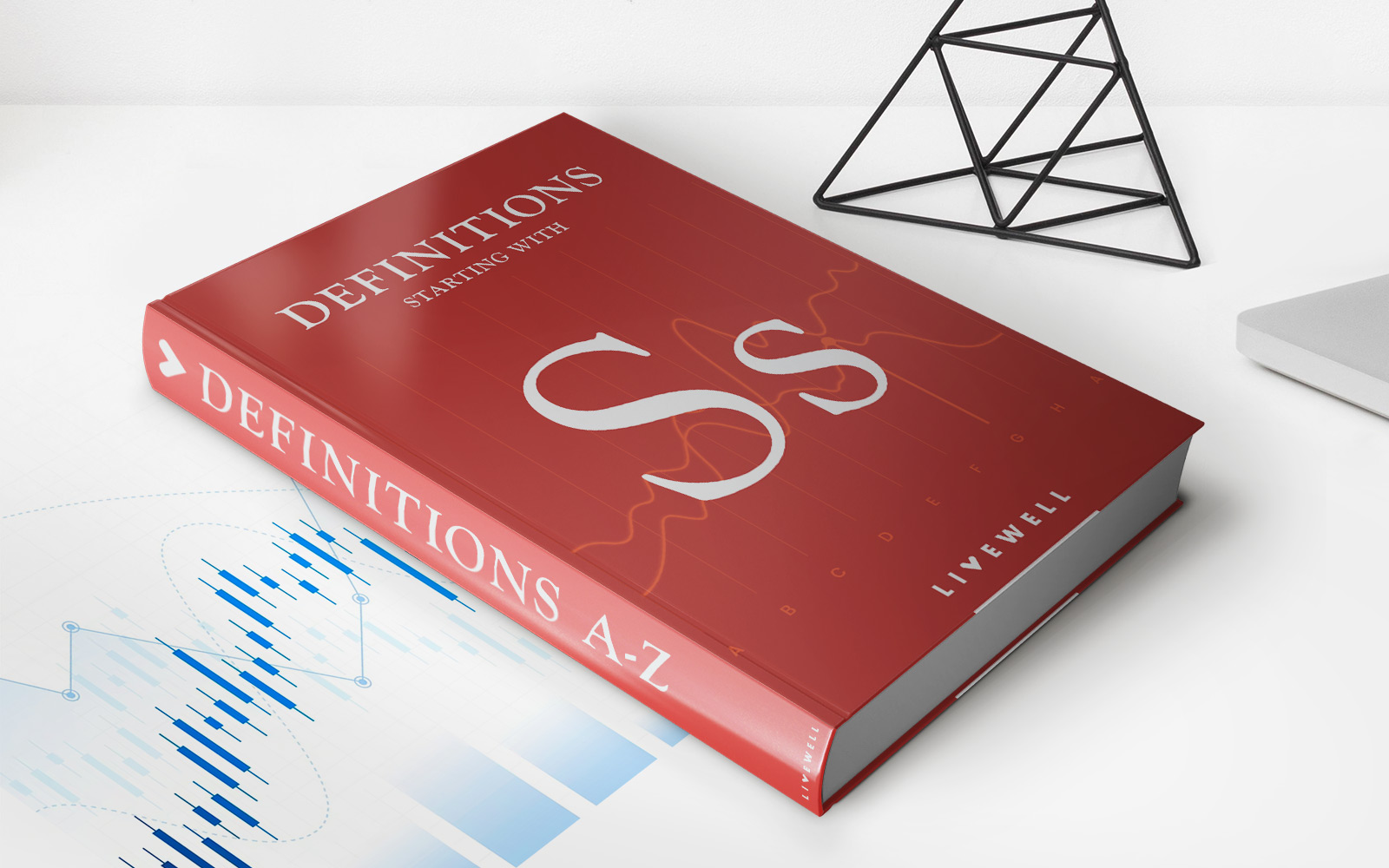

Finance
Stafford Loan Definition
Published: February 1, 2024
Looking for a Stafford Loan definition? Learn about this finance option and how it can help you finance your education.
(Many of the links in this article redirect to a specific reviewed product. Your purchase of these products through affiliate links helps to generate commission for LiveWell, at no extra cost. Learn more)
The Stafford Loan: A Comprehensive Guide to Understanding its Definition and Importance
Welcome to our Finance category, where we delve into different aspects of personal finance to help you make informed decisions about your money. In this post, we will demystify the Stafford Loan – a vital financial tool that can help individuals pursue their educational dreams without breaking the bank.
When it comes to funding higher education, many students rely on loans to bridge the financial gap. The Stafford Loan is one such option, known for its affordability and flexibility. If you’re considering applying for this loan or simply want to understand its significance, keep reading to find out more.
Key Takeaways:
- The Stafford Loan is a type of student loan offered by the U.S. Department of Education.
- It provides low-interest rates and flexible repayment options, making it an attractive choice for students.
What is a Stafford Loan?
A Stafford Loan, also known as the Direct Subsidized Loan or Direct Unsubsidized Loan, is a type of federal student loan provided by the U.S. Department of Education. It is designed to help undergraduate and graduate students finance their education while offering favorable terms compared to private loans.
Subsidized Stafford Loans are awarded based on financial need. The government pays the interest that accrues while the borrower is in school, during authorized deferment periods, and for six months after leaving school. This means that students won’t accumulate interest charges during these periods.
Unsubsidized Stafford Loans, on the other hand, are available to all students regardless of financial need. Interest accumulates while the borrower is in school, though the borrower has the option to defer payment until after graduation. However, to avoid capitalization, it is advisable to make interest payments to prevent it from being added to the principal loan amount.
Stafford Loans offer numerous benefits that make them an attractive option for students:
- Low-interest rates: Stafford Loans typically have lower interest rates compared to private loans, saving borrowers money in the long run.
- Flexible repayment options: Borrowers have the choice to select from various repayment plans, including income-driven options and extended repayment periods.
- No credit check: Stafford Loans do not require a credit check, making them more accessible to students with limited credit history or a poor credit score.
- Grace period: After graduation or leaving school, borrowers have a six-month grace period before they need to start repaying the loan.
Conclusion
With the rising costs of education, Stafford Loans have become an invaluable resource for students seeking higher education opportunities. The combination of low-interest rates, flexible repayment options, and no credit check makes them an attractive choice for individuals looking to finance their academic pursuits.
If you’re considering a Stafford Loan, ensure you understand the terms, repayment options, and obligations. Always read and comprehend the loan agreement carefully before signing, and make sure to explore all available financial aid options before committing to any loan.
Remember, education has the potential to change lives, and the Stafford Loan can pave the way for a brighter future without the burden of excessive student debt.
